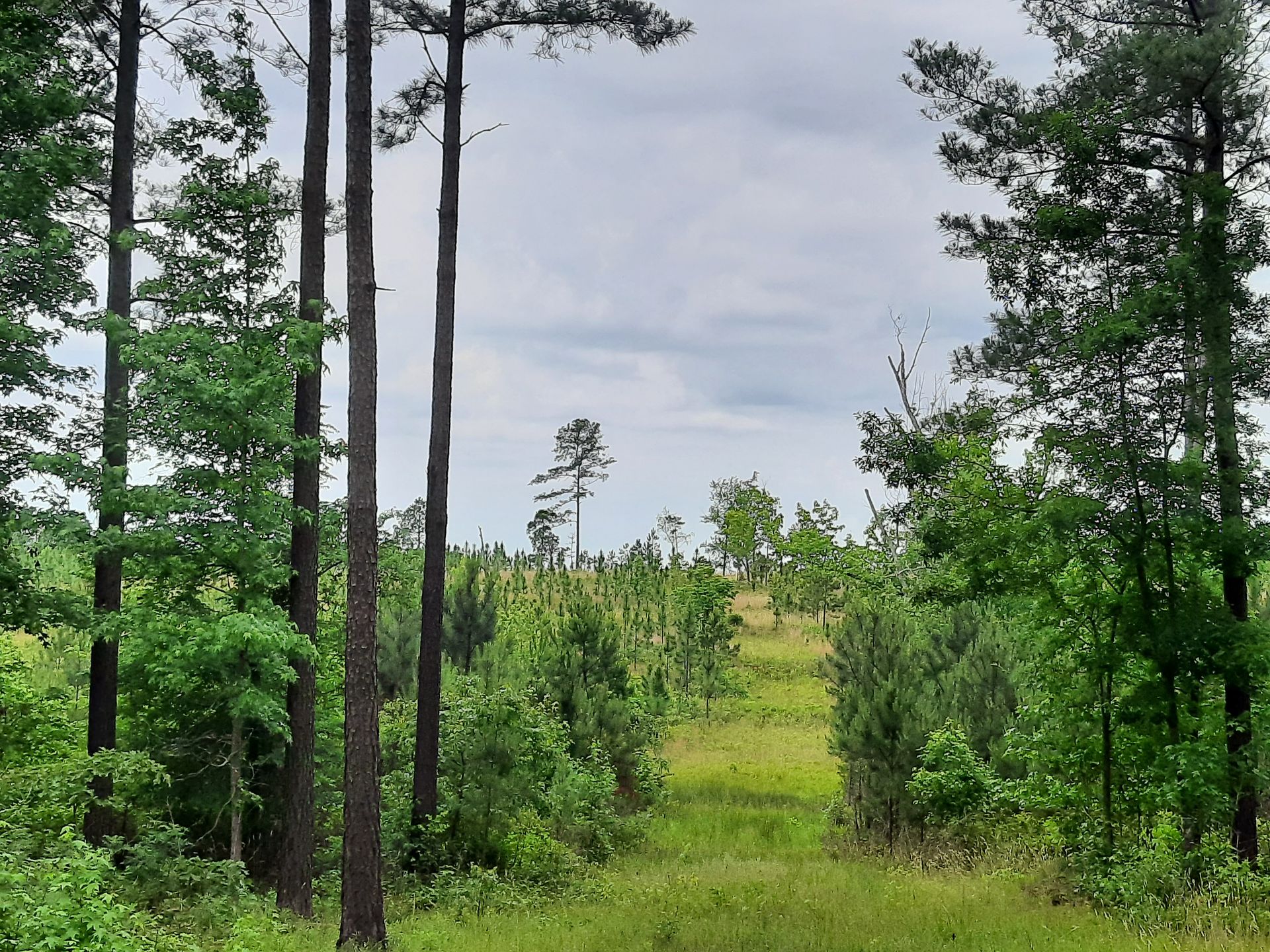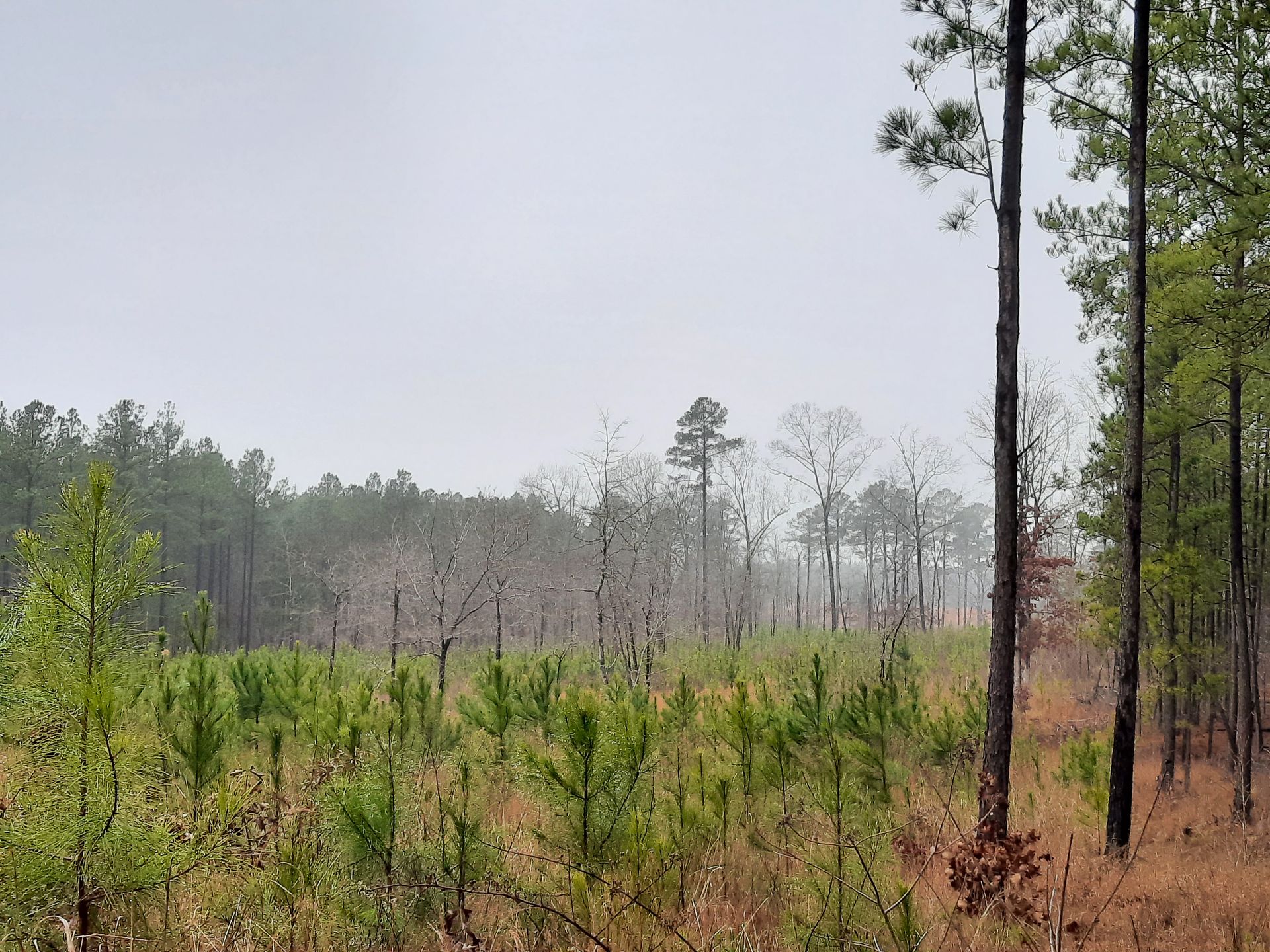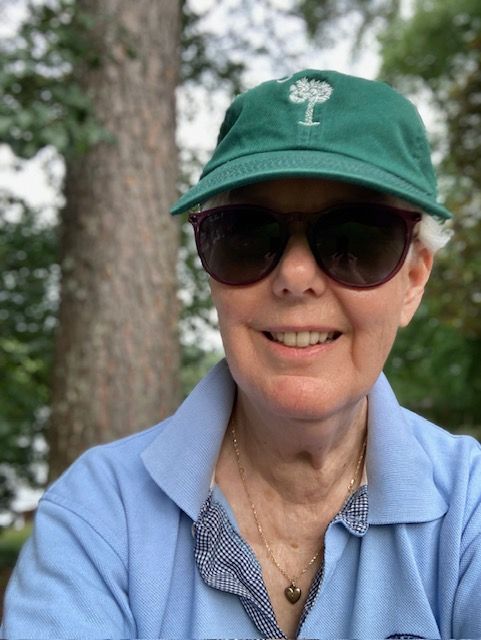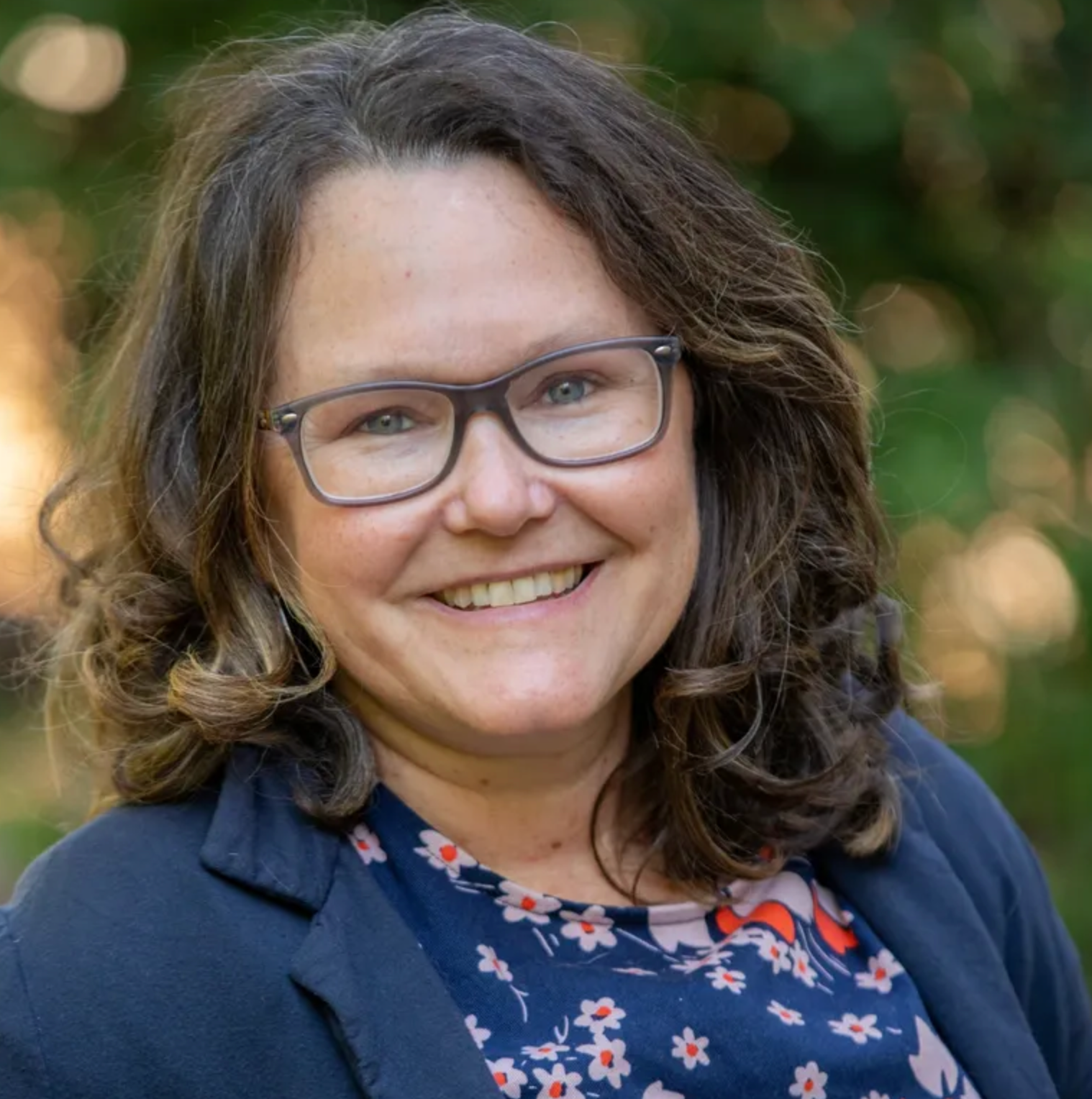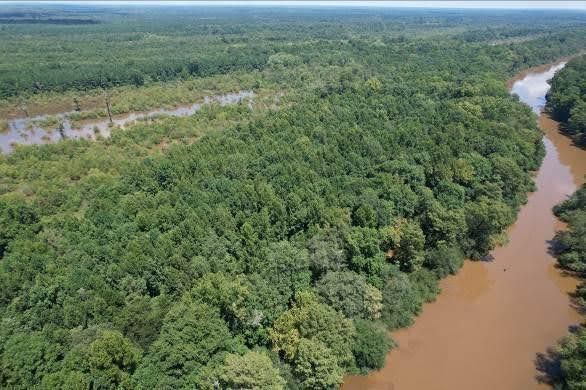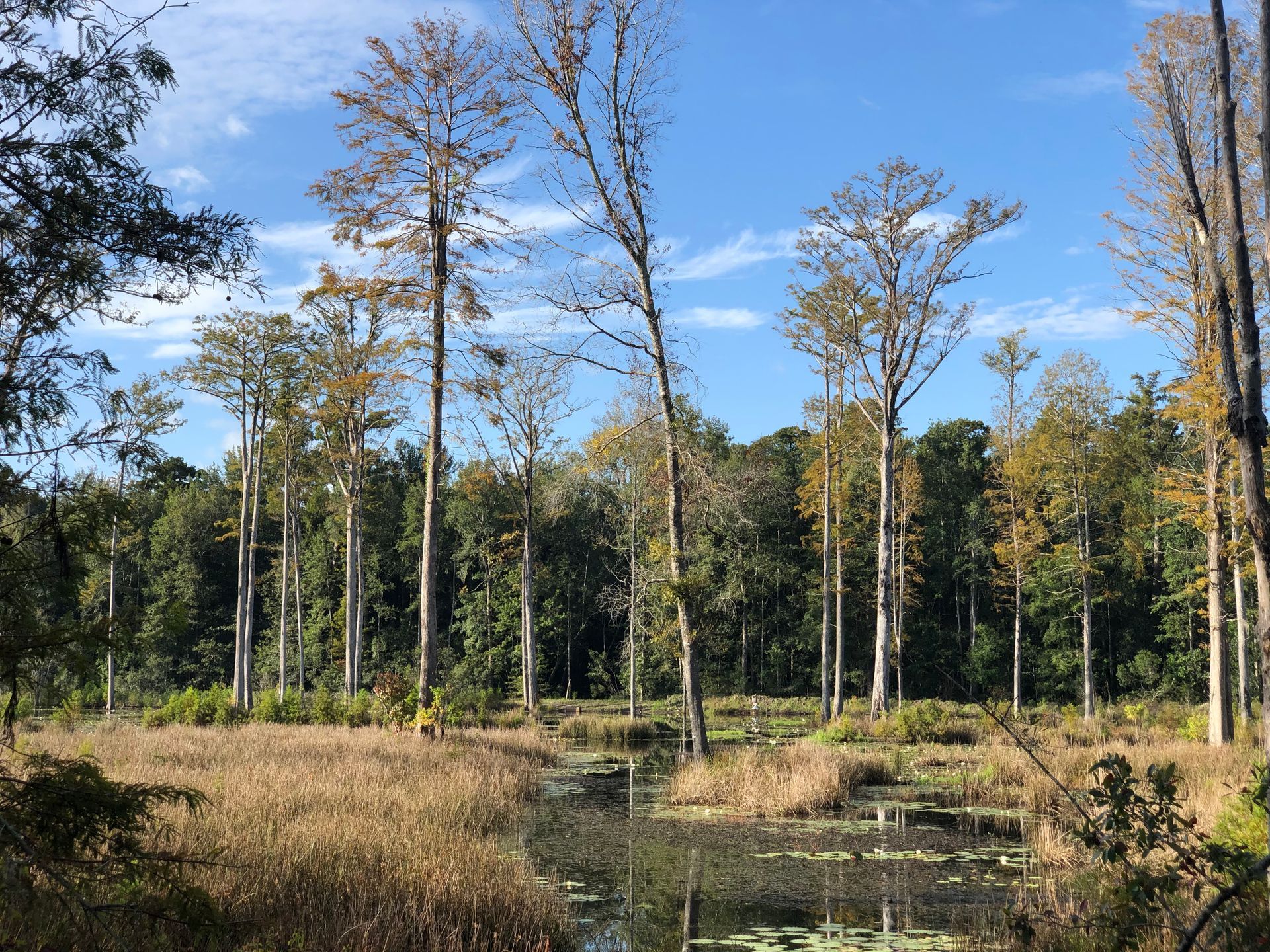
Land Legacy in McCormick County
In McCormick County, near the banks of the upper Savannah River, 991.8 acres of undeveloped land will soon be protected by conservation easement. Ms. Della Coulter of Columbia, SC and a fifth-generation owner of the land, has partnered with the Upper Savannah Land Trust to obtain this easement and ensure her land legacy endures.
How long has the property been in your family?
“We have a grant from King George III dated 1774 for 500 acres on the Savannah River made to John Deas.
According to family lore, Ellington Searles put together about 6000 acres. He was a slave owner and grew cotton and had at least 100 enslaved people on his plantation at the close of the Civil War. At that time, he entered into a tenant farmer relationship with them.
After Ellington Searles, the land passed down in a female line to my mother.”
What did the land mean to you growing up?
“My grandfather, Frank Robinson, moved his family from McCormick to Columbia when my mother was a teenager. She met my father there when they were in high school. After they were married, he spent most of his career in the Air Force, so we lived all over the country. But my mother had very strong roots in McCormick. So every summer, she would go back and take us as children. Our personal connection to the land was really staying in touch with the Black families that were still there.
The Callaham family I personally knew. The Callaham sisters, Miss Willie Mae and Miss Mamie, were in their eighties when I first met them. They had grown up on the farm tended by their parents, had had “town jobs,” and then returned to their family’s farm in their later years. Miss Mamie told me that when she was a little girl, she could stand on their front porch and gaze out on cotton fields as far as the eye could see. By the 1930s, cotton had come and gone, and the family were subsistence farmers. The rest of the land pretty much went fallow into native pine, mostly loblolly.”
Since then, what have you used the land for?
“It was in the 80s after my mother inherited the land that we got connected with procurement foresters and landowner liaisons with the Westvaco Cooperative Forest Management (CFM) program.
We started understanding that we could reforest—grow trees back after cutting. The more we worked with foresters, the more it seemed we could do something creative with the land—we could actually plant improved seedlings.
After my mother died in 1997, I wanted to continue what she’d started in terms of more enlightened forestry. So, I started attending Clemson University’s Master Tree Farmer program and learned a tremendous amount from those folks.
On our property, we mainly worked with loblolly for a long time. We began an association with Thompson Forestry, and they recommended we start to do controlled burns. In the late 90s, my sister and I learned about the longleaf restoration projects in the Southeast. We planted 50 acres of longleaf in 2004 and 50 more in 2015.
We’ve also leased our land to the Rocky River Hunt Club for about thirty years—they’re my eyes and ears on the land. We have turkey and deer. And since we’ve been burning, I’ve been told by our hunt club that they hear quail.”
How and why did you make the decision to protect? Why easement?
“Since I’ve been managing it, I’ve gotten a couple offers a year to sell the land, so I knew it was there for the picking.
When the Upper Savannah Land Trust was just getting started around 2000, I went to the initial meetings. I became more and more convinced that this was a good idea. I knew I’d be the last person in my family standing in South Carolina—and I don’t have any children. I thought I better be prepared in case no one wants to carry this on.
My sister passed away and left her interest to me. With two-thirds ownership, I bought my brother out. I had to have sole-ownership of the land for one year before putting an easement on the property.”
Thinking about future, how does this make you feel?
“Extreme relief. I went out on quite a financial limb to buy my brother out. I was advised that, if I were to do this, I needed to have an exit strategy in case the loan went south. But soon I realized the goal of getting a conservation easement was my exit strategy—If I could get a conservation easement on this land, then I’d be fine with selling it, because it would be protected for generation after generation to enjoy.
And thanks to the grant that the South Carolina Conservation Bank has given to the Upper Savannah, which will flow through to purchase part of the easement, I won’t have to sell. I can continue to manage the land, have the hunt club, work with my forester, and decide who to give the property to. That’s pretty cool.”
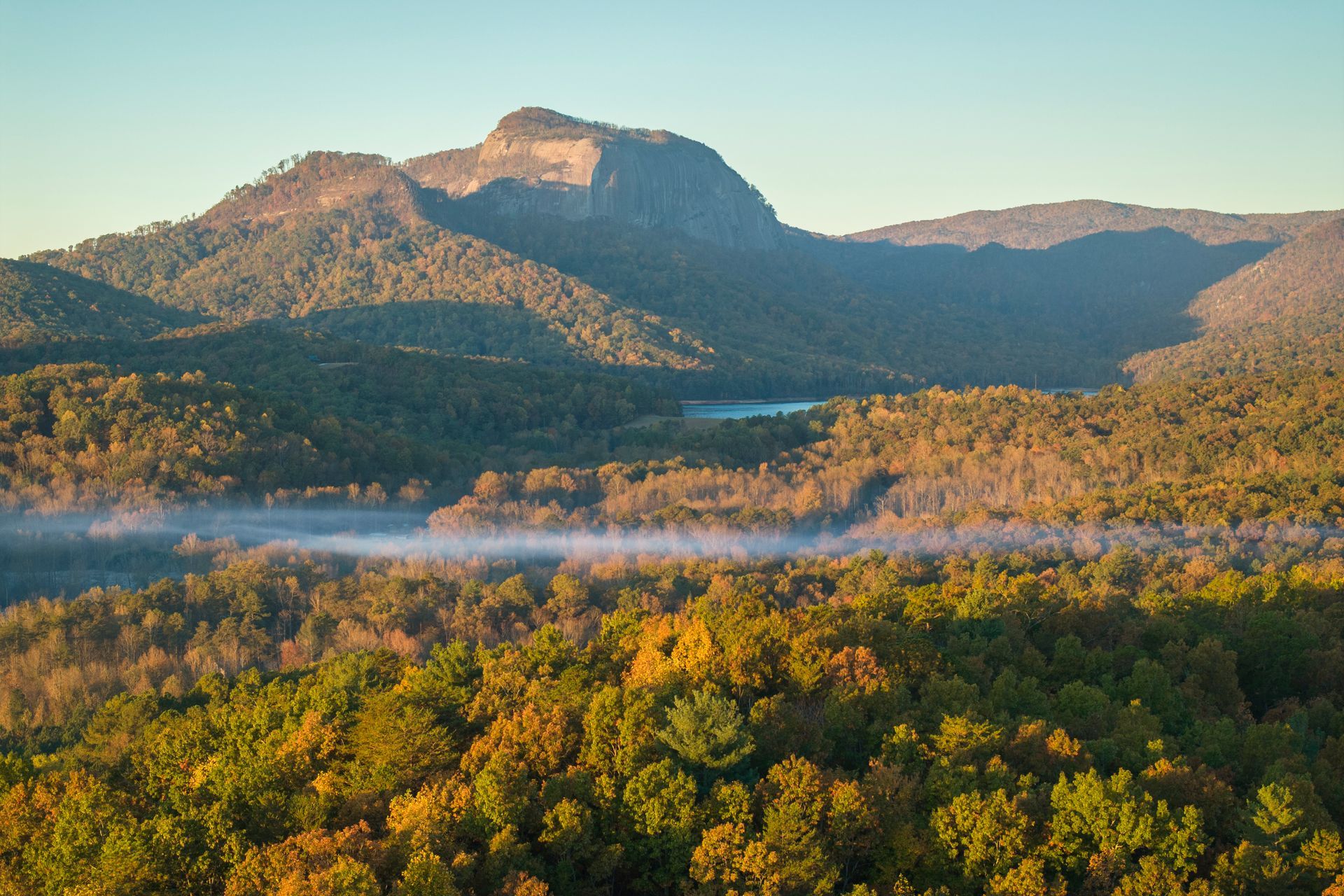
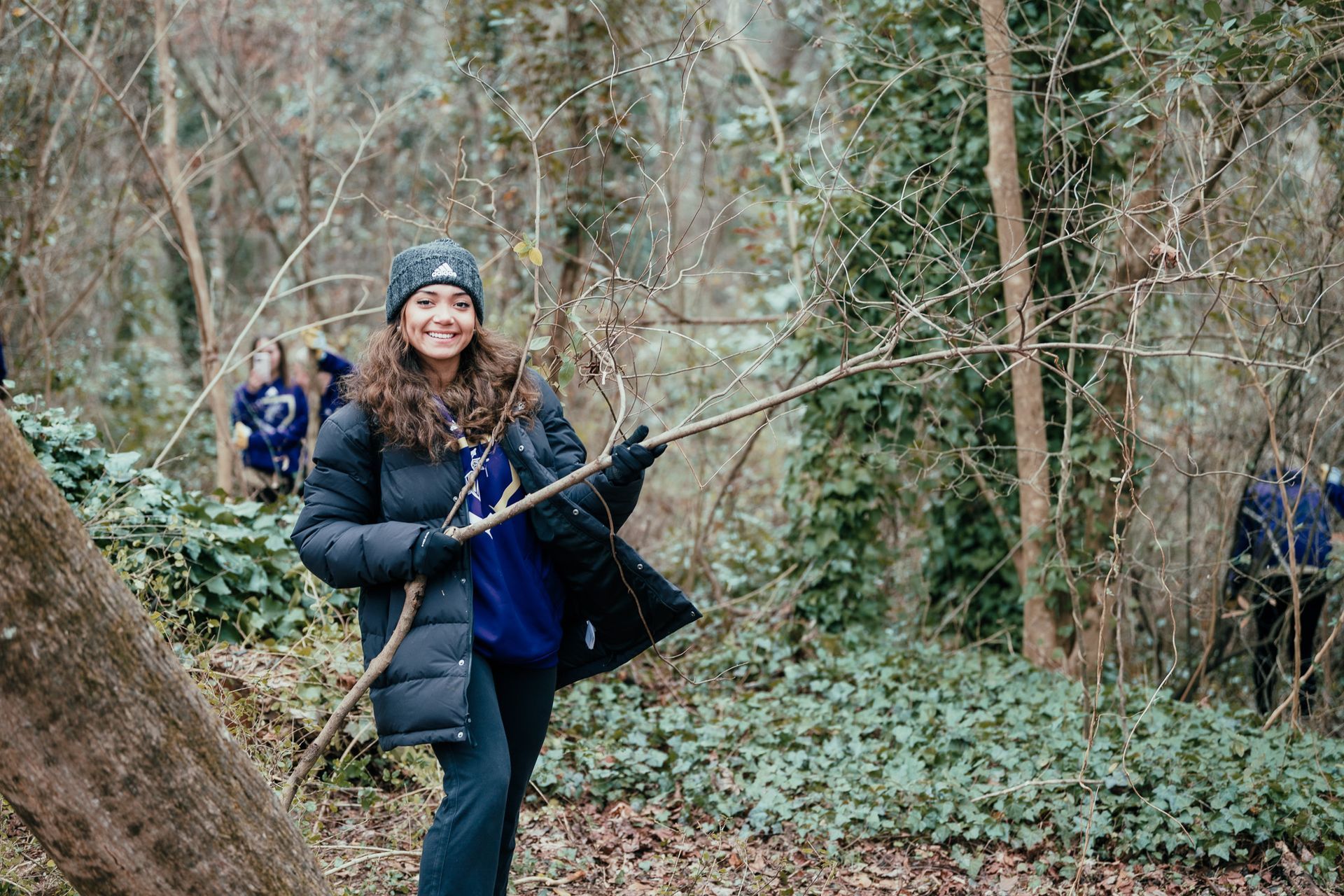
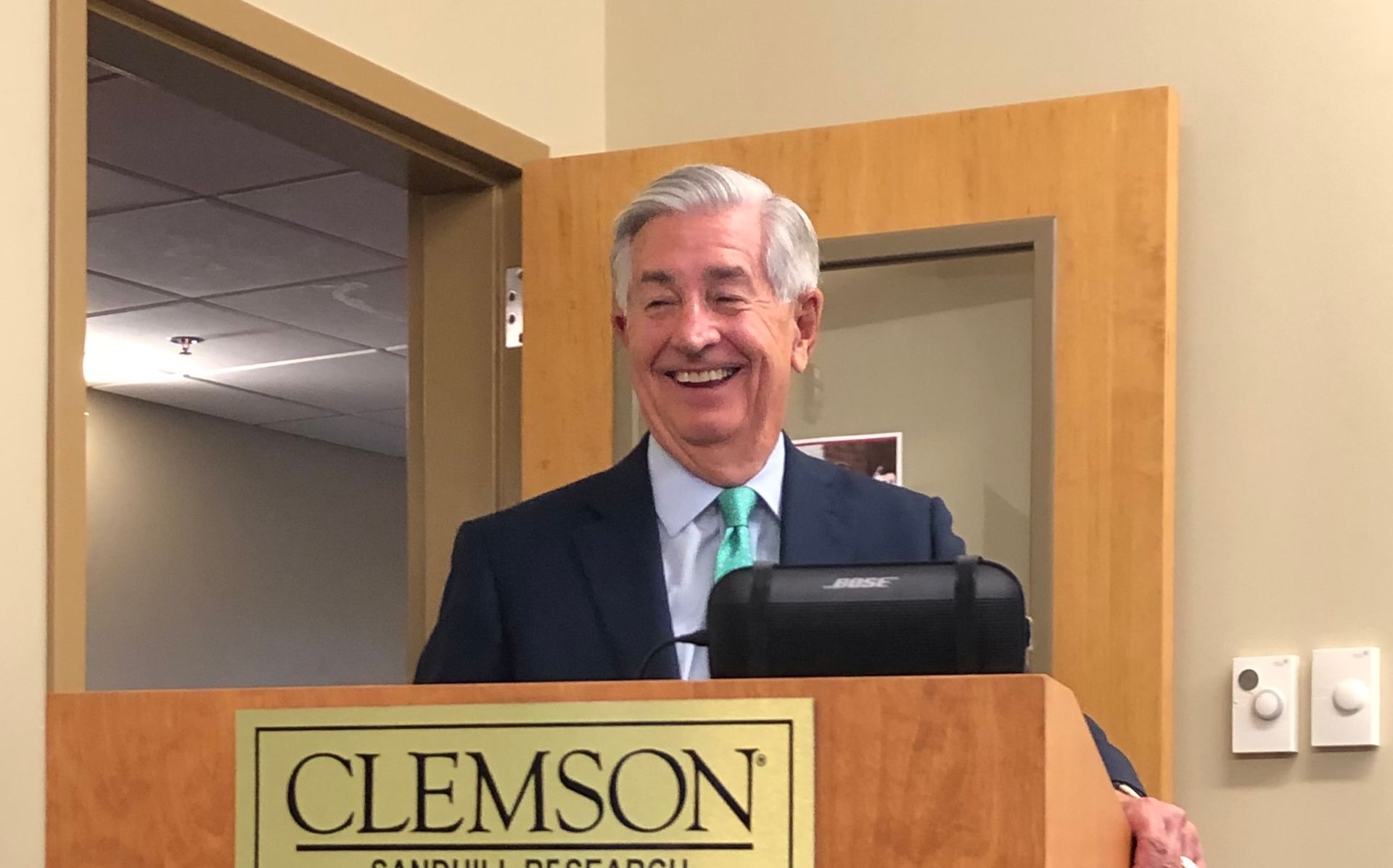
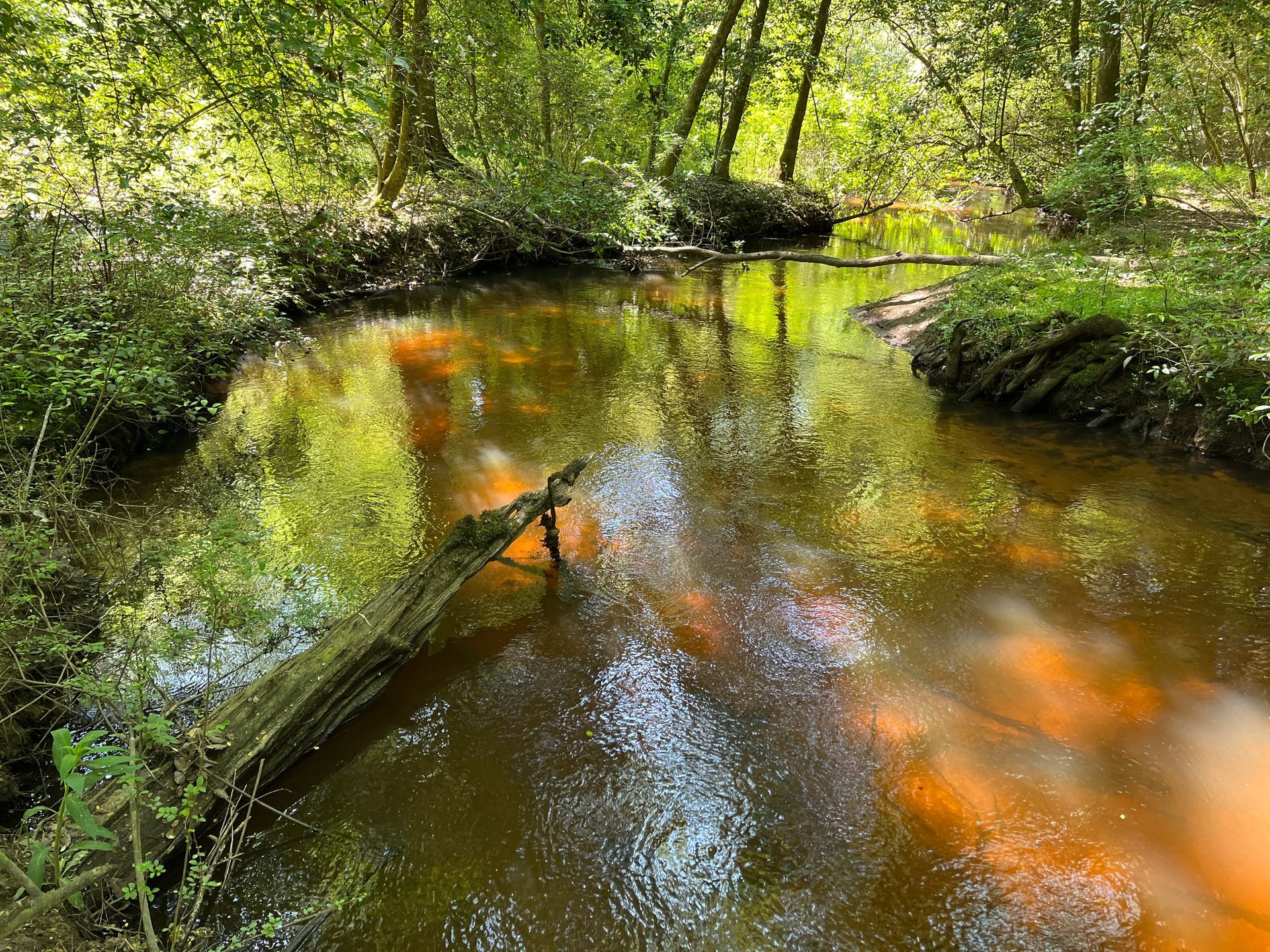
Website design and development made possible by

Website made possible by a grant from

